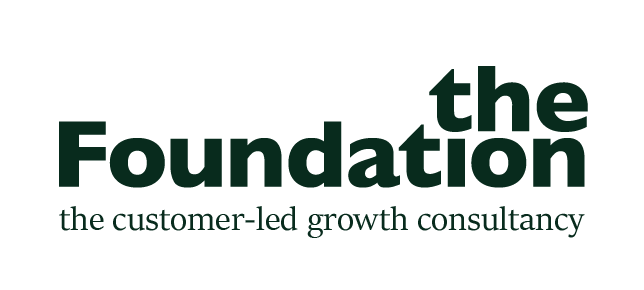Blog Post: Meaningless Measurement
John Sills on the weird (and not so wonderful) world of customer feedback…
We’re living in an epidemic of feedback requests.
It’s become impossible for a customer to call, make a purchase, or visit a website without an automated email appearing to ask for their opinion.
Of course, this comes from a good place. A place of organisations wanting to be closer to their customers, to understand the experience they’re providing.
Except, in most cases, it doesn’t do that.
Instead, it creates a mountain of data focussed on averages not actuals, giving the impression that the experience is broadly fine whilst hiding the extreme experiences that have a deep impact on customers. An average call waiting time of five minutes is less interesting than knowing 5% of customers waited for half an hour.
Secondly, this slew of surveys gives the impression of being close to customers, but actually shields senior leaders from reality. People are reduced to numbers and pictures on a PowerPoint, the emotion in their customers’ experience stripped away and replaced with binary opinions on what matters to the business. Any unappealing results are often put down to the wrong sample size or a mistaken methodology.
And thirdly, these endless surveys create extra work for customers when they’d really rather be spending time with friends, family, or fooling around online. Organisations are outsourcing their insight gathering responsibility, asking customers to give them the answers instead of interrogating the data they already have available within the organisation.
Broadly, these feedback surveys can be categorised into five groups: the pointless; the self-important; the immoral; the demanding; and the downright weird:
The Pointless
My strong recommendation is that you visit your nearest A&E
If it took less than a minute, it was probably ok
A touchscreen (TOUCHSCREEN) feedback terminal outside the toilets at London Paddington Train Station
I can’t say I’ve ever had strong feelings about a bin
The Self-important
Drop what you’re doing!
What are you playing at?
The true meaning of FOMO
The Immoral
Blah blah blah HAVE A FREE GYM SESSION
You cannot not like us
Weirdly they always get a high NPS score
Blah blah blah HAVE A FREE GYM SESSION
The Demanding
We’ll let you know when we’re happy with your feedback
Weirdly specific
You have to recreate your entire order and rate each dish individually
Well, have you?
The Weird
I only went to pick up some sellotape
From a hair salon in Essex
Just a reminder this is about a computer mouse
Understanding the experience being provided to customers is crucial to creating a customer-led organisation, and asking for feedback is an important part of that. But it needs to be done in a way that isn’t intrusive or time-consuming, and in a way that creates action within the organisation.
So start by using the data you already have available – the dropout rates, error rates, call waiting times, actual referrals and more – and only ask customers for what you can’t work out.
Focus on actuals, not just averages, bringing to life the most extreme experiences that cause people to love you or leave you.
And make time to understand customers at the thick end of the wedge, talking to them directly about what matters to them in their life, not just to your business.
Doing that will help you understand the real human impact of the customer experience you create, as well as giving customers time back to see their friends, have a conversation, and maybe recommend you for real.
*Credits for all photos can be found on the CX Stories Instagram page @CX_stories *


















